Home>Garden Essentials>When Cilantro Goes To Seed
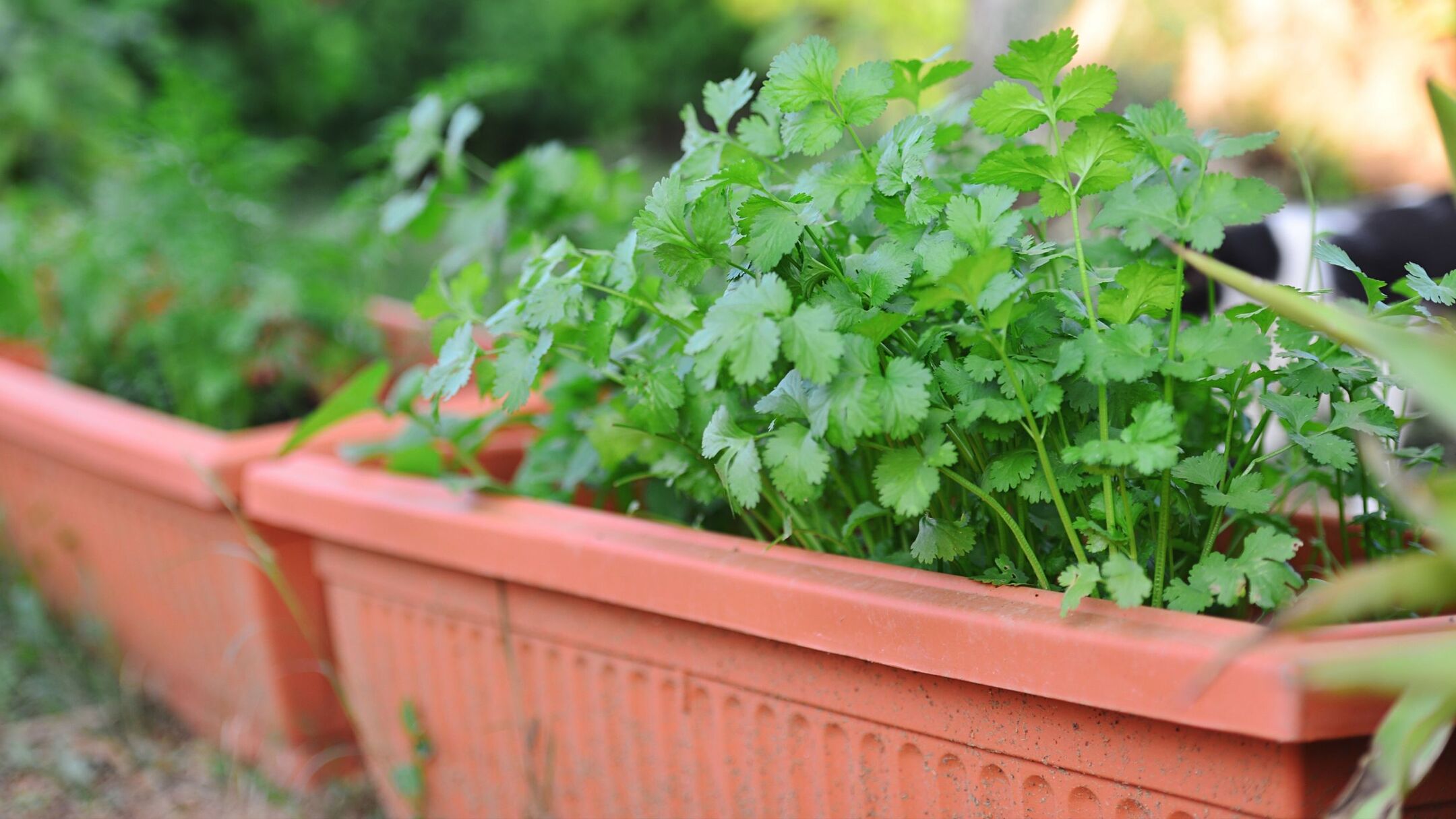

Garden Essentials
When Cilantro Goes To Seed
Modified: March 15, 2024
Discover the joys of seed-saving in your garden with our guide to growing cilantro! Learn how to harvest cilantro seeds for future seasons of flavorful herbs.
(Many of the links in this article redirect to a specific reviewed product. Your purchase of these products through affiliate links helps to generate commission for Storables.com, at no extra cost. Learn more)
Introduction
Welcome to the wonderful world of gardening! Whether you’re an avid green thumb or just starting to explore the joys of cultivating plants, there’s something truly magical about nurturing a tiny seed into a thriving, vibrant plant. One such plant that gardeners and culinary enthusiasts alike often enjoy is cilantro.
Cilantro, also known as coriander or Chinese parsley, is a popular herb known for its delightful flavor and aromatic qualities. It adds a refreshing zing to a variety of dishes, from salsa and guacamole to curries and stir-fries. However, as with any plant, cilantro goes through various stages of growth, including the fascinating process of going to seed.
In this article, we’ll delve into the world of cilantro and explore what happens when this herb starts to go to seed. We’ll discuss the signs to look out for, the reasons behind this phenomenon, and the effects it can have on the flavor of cilantro. Additionally, we’ll explore how you can utilize cilantro seeds and provide some tips on preventing cilantro from going to seed prematurely.
So, grab your gardening gloves and let’s embark on a journey to discover the intriguing world of cilantro and its remarkable transformation when it goes to seed.
Key Takeaways:
- Cilantro goes to seed when it grows a tall flower stalk and produces small, less flavorful leaves. Harvest leaves before this stage for the best flavor.
- To prevent premature seeding, provide shade, harvest leaves regularly, and choose bolt-resistant varieties. Experiment with cilantro seeds for new culinary adventures!
Read more: When Grass Goes To Seed
Understanding Cilantro
Cilantro, also known scientifically as Coriandrum sativum, is a versatile herb that is widely used in various cuisines around the world. Known for its bold and refreshing flavor, cilantro leaves are often used as a garnish or ingredient in many dishes.
Native to the Mediterranean and parts of Asia, cilantro is a member of the carrot family, Apiaceae. It has delicate, lacy leaves that resemble parsley but with a distinct aroma and taste. The leaves are usually bright green and have a citrusy, slightly spicy flavor, which some describe as a combination of fresh parsley and hints of lemon. Cilantro stems are also edible and can add a punch of flavor to dishes.
Cilantro is a fast-growing herb that thrives in cool seasons, making it suitable for both spring and fall planting. It prefers well-drained soil with a slightly acidic to neutral pH. This herb requires full sun to partial shade, and regular watering to keep the soil moist but not waterlogged.
One important thing to note about cilantro is its relatively short lifespan. Unlike perennial herbs, cilantro is an annual, meaning it completes its life cycle in just one year. Understanding the various stages of cilantro’s growth, including its tendency to go to seed, is crucial for gardeners to ensure a bountiful harvest and prolonged enjoyment of this herb.
Now that we have a basic understanding of cilantro and its characteristics, let’s dive into the fascinating process of cilantro going to seed.
The Process of Going to Seed
As a flowering herb, cilantro has a natural tendency to reproduce by producing seeds. When cilantro goes to seed, it means that it has reached the reproductive stage of its life cycle. This process is also known as bolting.
When the conditions are right, typically as temperatures rise, cilantro plants go through a hormonal change that triggers the production of a tall flower stalk. This stalk emerges from the center of the plant and reaches towards the sky, sometimes growing up to two feet in height. The leaves on this stalk are typically smaller and less flavorful compared to the earlier stages of growth.
At the top of the flower stalk, clusters of tiny white or pink flowers bloom. These flowers attract pollinators such as bees, butterflies, and other insects. When these pollinators visit the flowers, they transfer pollen from one flower to another, facilitating the fertilization process.
After the flowers are pollinated, they begin to wither and fall off, leaving behind small, green seed pods. As these seed pods develop, they gradually turn brown and become dry. Inside each seed pod are the recognizable cilantro seeds, also known as coriander seeds.
Once the seeds are fully matured, they are ready to be harvested. The seed pods can be gently crushed or rubbed between your fingers to release the seeds. The seeds can then be stored for later use or used immediately in cooking, baking, or for planting new cilantro plants.
It’s important to note that once cilantro goes to seed, the flavor of the leaves diminishes and can become slightly bitter. This is why many gardeners prefer to harvest cilantro leaves before it reaches this stage to ensure the best flavor.
Now that we understand the process of cilantro going to seed, let’s explore the signs that indicate cilantro is entering this stage.
Signs of Cilantro Going to Seed
Recognizing the signs that cilantro is about to go to seed is essential for gardeners to anticipate the changes in their plants and take appropriate actions if desired. Here are some common signs to look out for to identify when cilantro is on the verge of going to seed:
- Tall flower stalk: One of the most obvious signs is the emergence of a tall flower stalk from the center of the cilantro plant. This stalk grows rapidly and can reach heights of up to two feet.
- Smaller, less flavorful leaves: As cilantro starts to bolt, the leaves on the flower stalk typically become smaller and less aromatic compared to the earlier stages of growth.
- Formation of flowers: Once the flower stalk has reached a certain height, clusters of tiny white or pink flowers begin to appear at the top. These flowers can be a beautiful sight and attract pollinators.
- Withering and browning flowers: After the flowers have completed their pollination process, they start to wither and fall off. This is a clear indication that the plant has progressed to the seed production stage.
- Development of seed pods: As the flowers fade away, small green seed pods begin to form in their place. These pods gradually mature and turn brown, indicating that the seeds inside are reaching their full potential.
- Drying of seed pods: Eventually, the seed pods become dry and papery. This is a crucial stage when the seeds are fully matured and ready for harvesting or replanting.
By closely observing these signs, gardeners can anticipate when cilantro is about to go to seed and make informed decisions about harvesting leaves or allowing the plant to continue in its natural reproductive process.
Next, let’s explore the reasons behind cilantro going to seed.
Reasons for Cilantro Going to Seed
Understanding the reasons behind cilantro going to seed can help gardeners better manage their plants and prevent premature bolting if desired. Here are some common factors that contribute to cilantro’s transition into the seed production stage:
- Temperature: Cilantro is a cool-season herb that prefers moderate temperatures. When exposed to high heat, especially temperatures above 75°F (24°C), cilantro plants tend to bolt and go to seed. This is a natural response as the plant tries to ensure its survival by producing seeds for the next generation.
- Daylight length: Daylight length plays a significant role in the growth and development of cilantro. As the days grow longer, particularly during the summer months, cilantro is more prone to bolting. The increase in daylight triggers hormonal changes that initiate the flowering process.
- Maturity and age: Cilantro is a relatively short-lived herb, and its tendency to bolt is also influenced by its stage of maturity. Younger cilantro plants are less likely to go to seed compared to mature ones. As the plants age, they become more inclined to initiate their reproductive phase.
- Stress: Environmental stressors, such as inadequate watering, poor soil conditions, or pest damage, can trigger cilantro to bolt. When the plants experience stress, they prioritize reproduction as a survival mechanism.
- Genetic factors: Some cilantro varieties are more prone to bolting than others due to their genetic makeup. If you consistently find that your cilantro plants tend to go to seed quickly, you may want to consider seeking out varieties that are more resistant to bolting.
While cilantro going to seed is a natural process, it can be frustrating for gardeners who want to prolong the harvest of flavorful leaves. Understanding the reasons behind cilantro’s transition to seed production can help you plan accordingly and make adjustments to ensure a continuous supply of fresh cilantro leaves.
Next, let’s explore the effects of cilantro going to seed on its flavor.
When cilantro goes to seed, the leaves become bitter. To prevent this, harvest the leaves regularly and plant new seeds every few weeks for a continuous supply of fresh cilantro.
Read more: How To Plant Cilantro Seeds
Effects of Cilantro Going to Seed on Flavor
When cilantro goes to seed, it undergoes significant changes in flavor and aroma. While the leaves of cilantro are known for their vibrant and refreshing taste, the flavor profile shifts as the plant enters its reproductive stage. Here are some effects of cilantro going to seed on its flavor:
- Bitterness: Cilantro leaves that have bolted and started producing seeds tend to develop a bitter taste. The increase in bitterness is a natural response as the plant focuses its energy on seed production rather than maintaining its characteristic tanginess.
- Milder aroma: Along with the change in flavor, cilantro leaves that are going to seed often have a milder aroma compared to younger leaves. The essential oils responsible for the distinctive fragrance of cilantro diminish as the plant transitions into seed production.
- Loss of freshness: As cilantro matures and starts producing seeds, the leaves lose their crispness and freshness. They become slightly drier, which can impact their overall texture and mouthfeel when used in dishes.
- Coriander flavor: When cilantro goes to seed, it actually produces coriander seeds. These seeds have a different flavor profile compared to the leaves. Coriander seeds have a warm, citrusy, and slightly sweet taste that is commonly used as a spice in cooking.
It’s important to note that while cilantro going to seed may result in flavor changes, the seeds themselves, known as coriander seeds, have their own culinary value. They can be harvested and used as a spice in various dishes, adding depth and complexity to flavors.
If you prefer the vibrant, tangy flavor of cilantro leaves, it’s best to harvest them before the plant starts to go to seed. Harvesting the leaves at their peak freshness ensures the most robust flavor and fragrance, allowing you to fully enjoy the culinary delights that cilantro offers.
Now that we’ve explored the effects of cilantro going to seed on flavor, let’s discover how we can utilize cilantro seeds.
Utilizing Cilantro Seeds
Cilantro seeds, also known as coriander seeds, are a versatile spice that can enhance the flavor of various dishes. Once the cilantro plant has gone to seed and the seed pods have dried, you can harvest the seeds and put them to good use. Here are some ways to utilize cilantro seeds:
- Cooking: Cilantro seeds have a warm, citrusy flavor with hints of sweetness. You can use them whole or crushed to add a unique dimension to your cooking. Toasting the seeds in a dry pan before grinding or using them can intensify their flavor.
- Spice blends: Cilantro seeds can be used in spice blends, contributing their distinct taste to the overall flavor profile. They are commonly found in curry powders, garam masala, and various spice mixes used in Mediterranean, Indian, and Middle Eastern cuisines.
- Pickling: Cilantro seeds can be added to pickling brines to infuse a delightful flavor into pickled vegetables or fruits. The tangy and aromatic characteristics of the seeds can take your pickles to a whole new level.
- Baking: Ground cilantro seeds can be incorporated into baked goods, such as bread, muffins, or cookies, to add a subtle, fragrant note. They pair well with citrus flavors, herbs like mint or dill, and spices like cinnamon or nutmeg.
- Herbal infusions: Cilantro seeds can be used to create flavorful herbal infusions or teas. Simply steep a teaspoon of crushed seeds in hot water for a few minutes, strain, and enjoy a refreshing and aromatic drink.
It’s worth noting that cilantro seeds have a stronger, more intense flavor compared to the leaves. When using them in recipes, start with smaller amounts and adjust to taste. Experimenting with cilantro seeds can open a whole new world of flavors in your cooking.
Now, let’s explore some tips on preventing cilantro from going to seed prematurely.
Preventing Cilantro from Going to Seed
If you prefer to prolong the harvest of cilantro leaves and prevent the plants from going to seed too quickly, there are several measures you can take. Here are some tips for preventing cilantro from going to seed prematurely:
- Provide shade and cool temperatures: Cilantro thrives in cooler temperatures, so providing some shade or planting it during the cooler seasons can help delay bolting. Consider planting cilantro in areas that receive partial shade during the hottest parts of the day.
- Harvest leaves regularly: The more you harvest cilantro leaves, the less energy the plant will divert towards seed production. Regularly snip off the outer leaves of the plant, leaving the inner ones to continue growing, and enjoy fresh cilantro in your recipes.
- Keep the soil consistently moist: Cilantro prefers well-drained soil, but it is important to keep the soil consistently moist to prevent stress on the plant. Water your cilantro regularly, especially during dry periods, to ensure optimal growth and discourage premature bolting.
- Provide adequate spacing: Proper spacing between cilantro plants allows for better airflow and reduces competition for resources, helping to prevent stress and bolting. Space plants at least 6 inches apart to allow for optimal growth.
- Choose bolt-resistant varieties: Some cilantro varieties have been bred to be more resistant to bolting. Look for specific cultivars that are known for their bolt-resistant characteristics to increase your chances of enjoying prolonged foliage.
- Successive planting: Rather than planting all your cilantro seeds at once, consider staggering your planting over several weeks. This practice, known as successive planting, ensures a continuous supply of young plants that are less likely to bolt all at once.
While these measures can help prolong the harvest of cilantro leaves, it’s important to note that cilantro will eventually go to seed as part of its natural life cycle. Be prepared to harvest seeds for future use or allow some plants to go to seed for collecting coriander seeds.
By implementing these preventive strategies and experimenting with different approaches, you can extend the harvest of cilantro leaves and continue to enjoy its fresh flavor in your culinary creations.
Now, armed with these tips, you can make the most of your cilantro plants and ensure a bountiful supply of flavorful leaves for your kitchen.
Conclusion
Cilantro, with its vibrant flavor and enticing aroma, is a beloved herb in gardens and kitchens around the world. Understanding the process of cilantro going to seed and its effects on flavor is essential for gardeners and culinary enthusiasts alike.
When cilantro goes to seed, it signifies the plant’s natural transition into the reproductive stage. The emergence of a tall flower stalk, the formation of flowers, and the development of seed pods are all telltale signs. While cilantro going to seed may result in a shift in flavor, it also presents an opportunity to harvest the seeds, known as coriander, and explore new culinary dimensions.
To prevent cilantro from going to seed prematurely, providing shade, maintaining cooler temperatures, harvesting leaves regularly, and keeping the soil moist are important steps. Opting for bolt-resistant varieties and employing successive planting techniques can also extend the harvest of cilantro leaves and prolong your enjoyment of its fresh flavor.
From adding depth to spice blends and enhancing pickling recipes to infusing baked goods and creating flavorful herbal infusions, cilantro seeds offer a multitude of culinary possibilities. Harnessing the versatility of cilantro seeds allows you to elevate your culinary creations and explore new flavors to tantalize your taste buds.
Whether you’re a seasoned gardener or just starting your green thumb journey, cilantro’s transformation when it goes to seed is both fascinating and practical. By understanding the process, recognizing the signs, and employing preventive measures, you can make the most of your cilantro plants and savor their vibrant flavors for as long as possible.
So, embrace the beauty of cilantro’s life cycle, experiment with its seeds and leaves, and delight in the abundant flavors and aromas that this remarkable herb brings to your garden and kitchen.
Frequently Asked Questions about When Cilantro Goes To Seed
Was this page helpful?
At Storables.com, we guarantee accurate and reliable information. Our content, validated by Expert Board Contributors, is crafted following stringent Editorial Policies. We're committed to providing you with well-researched, expert-backed insights for all your informational needs.
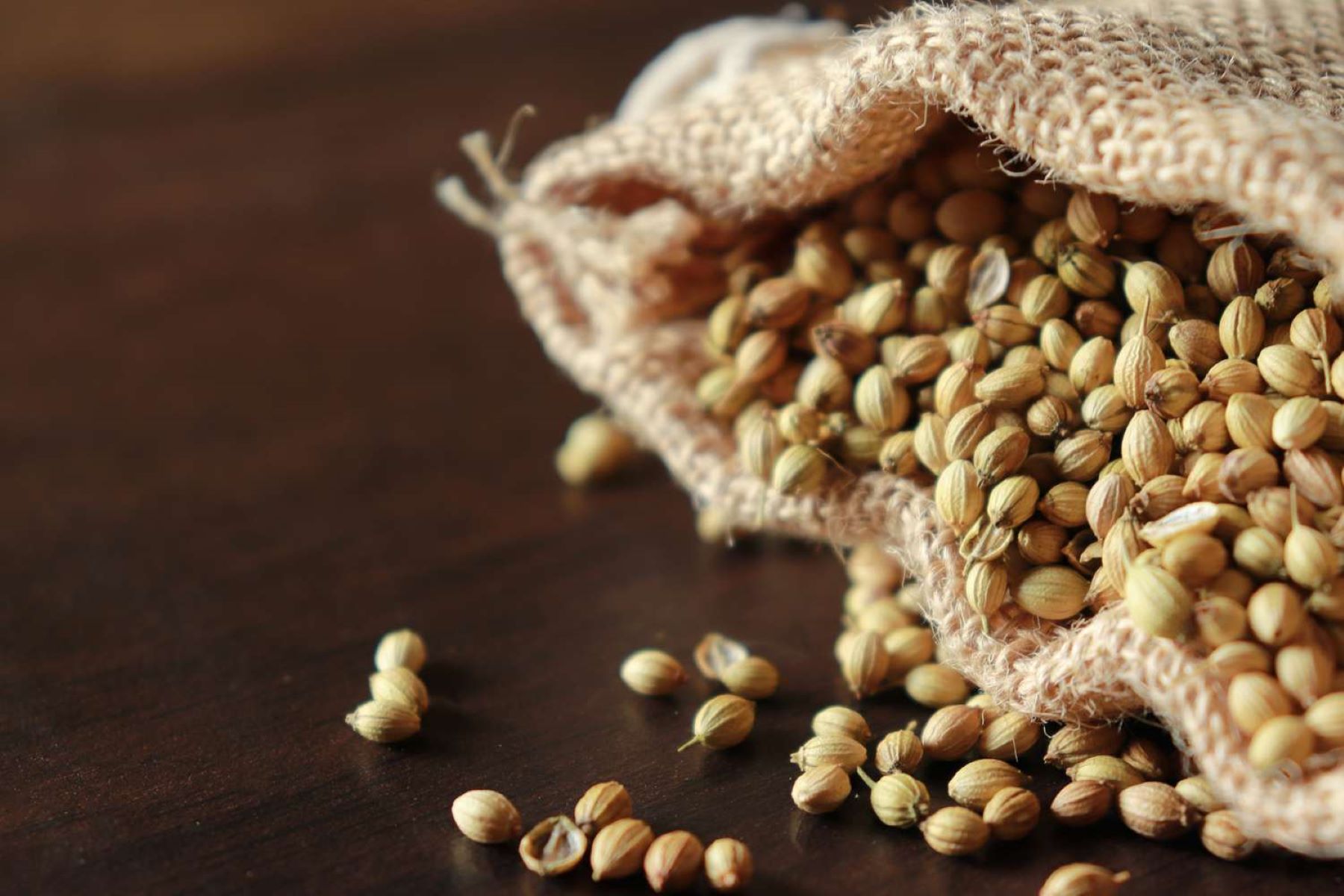
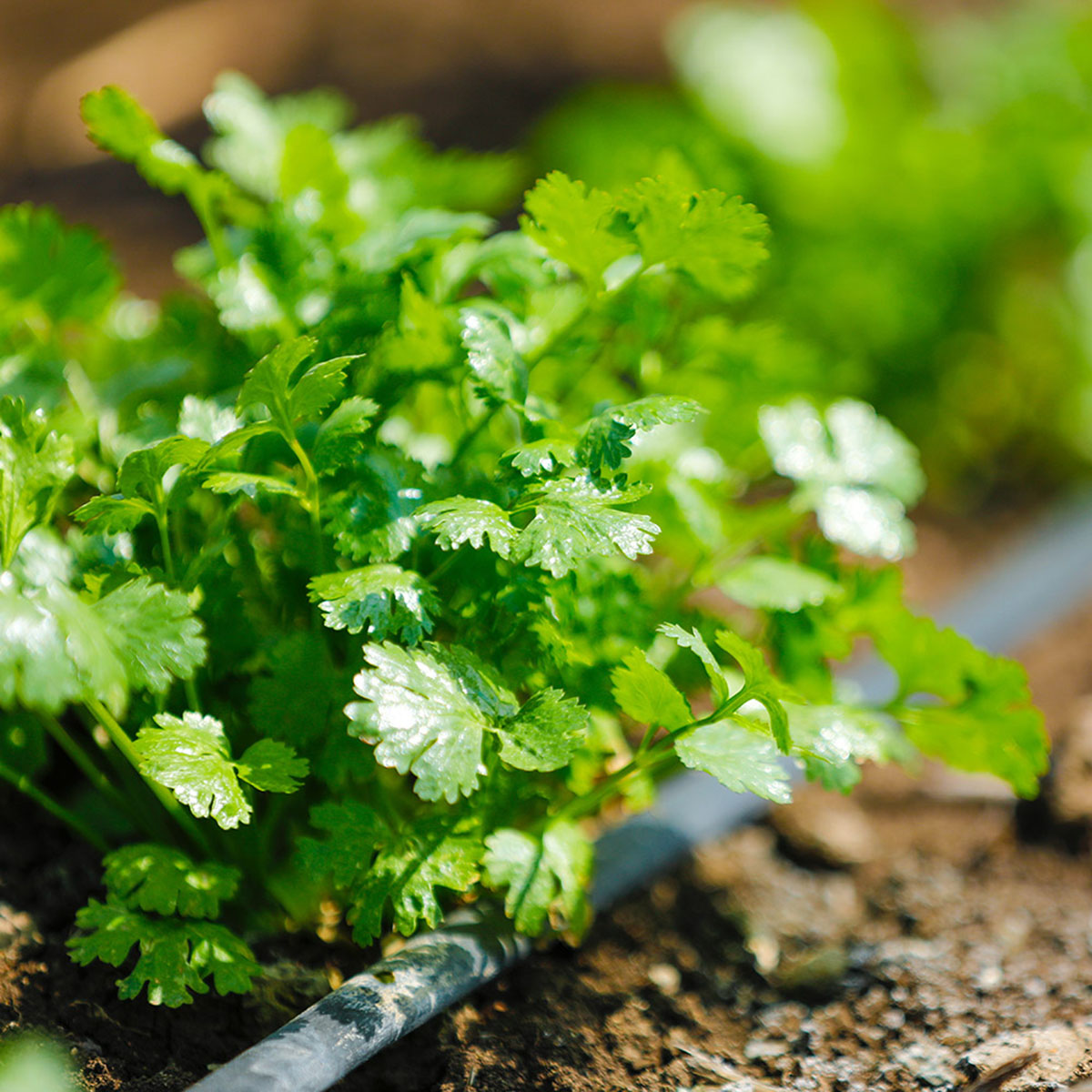
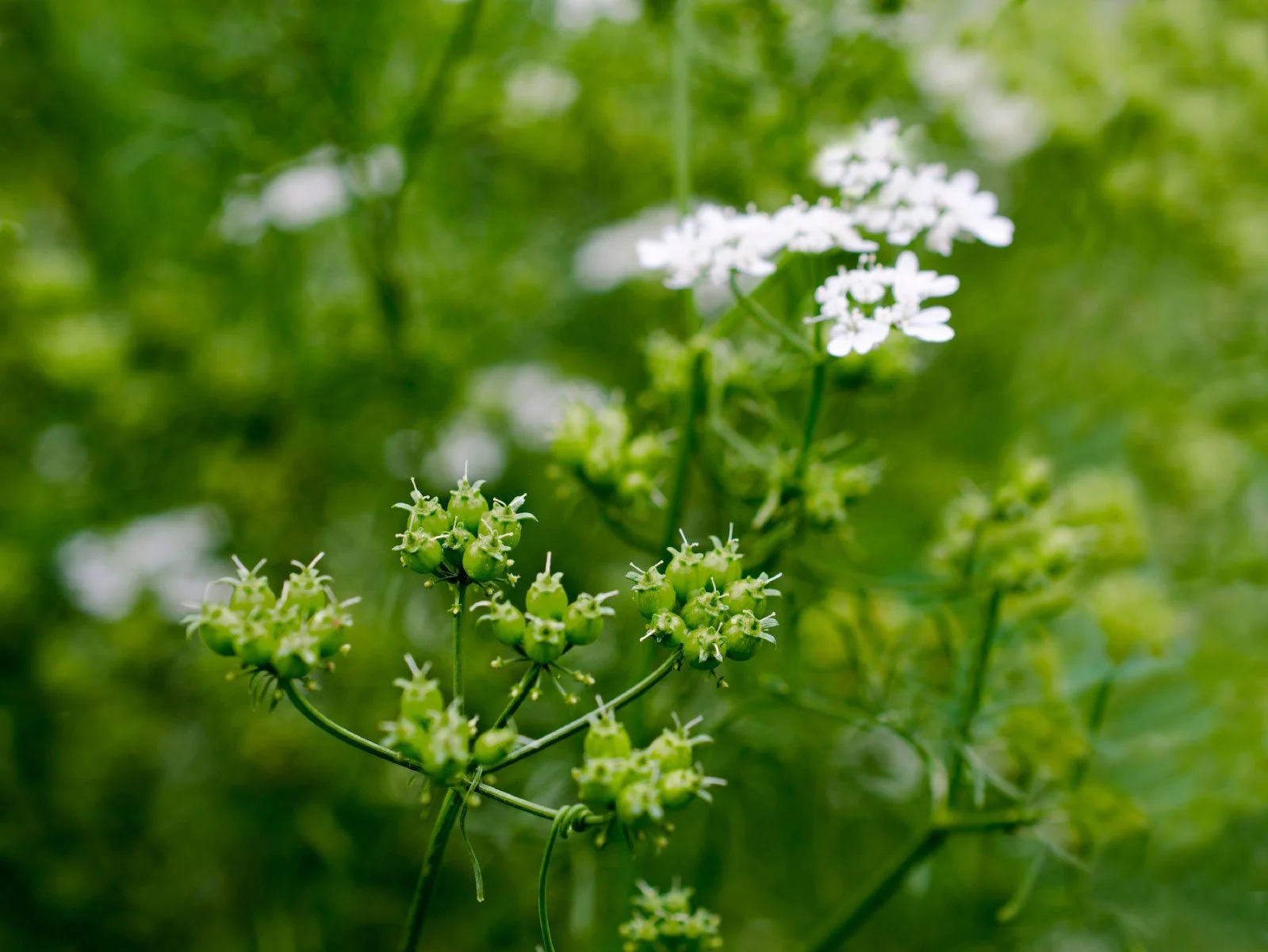
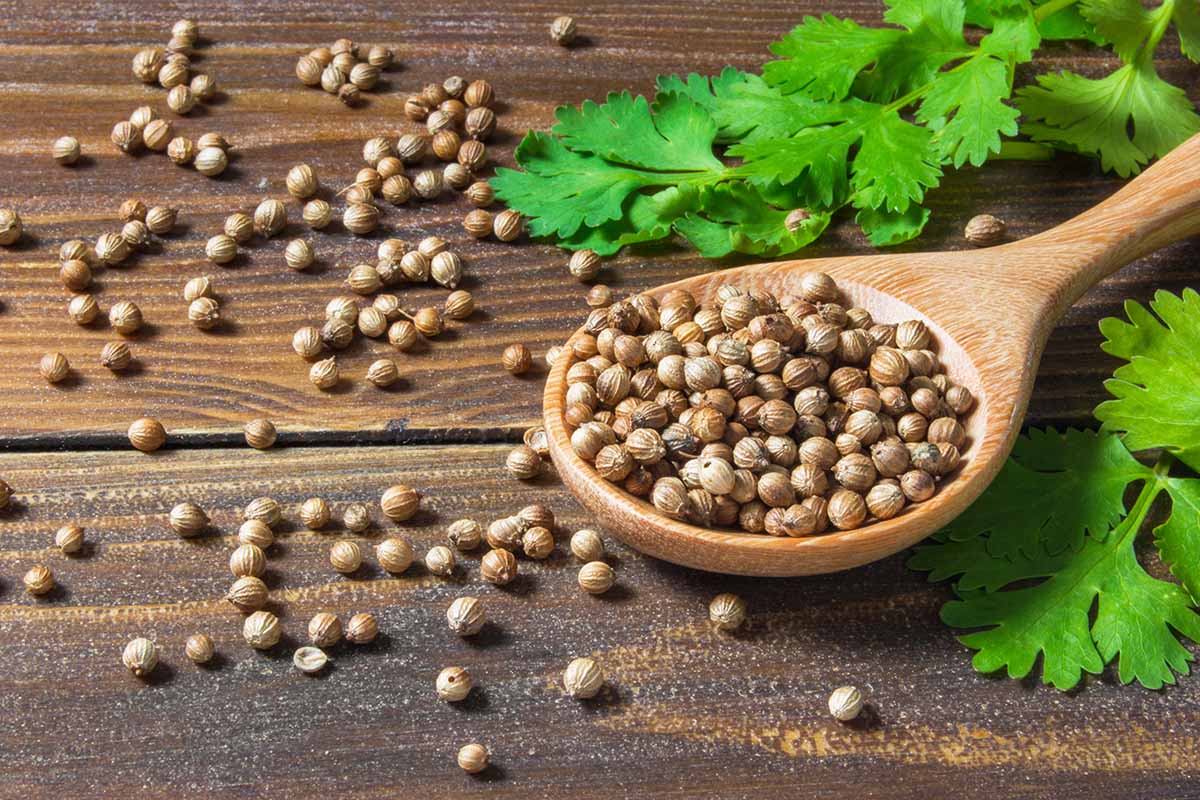
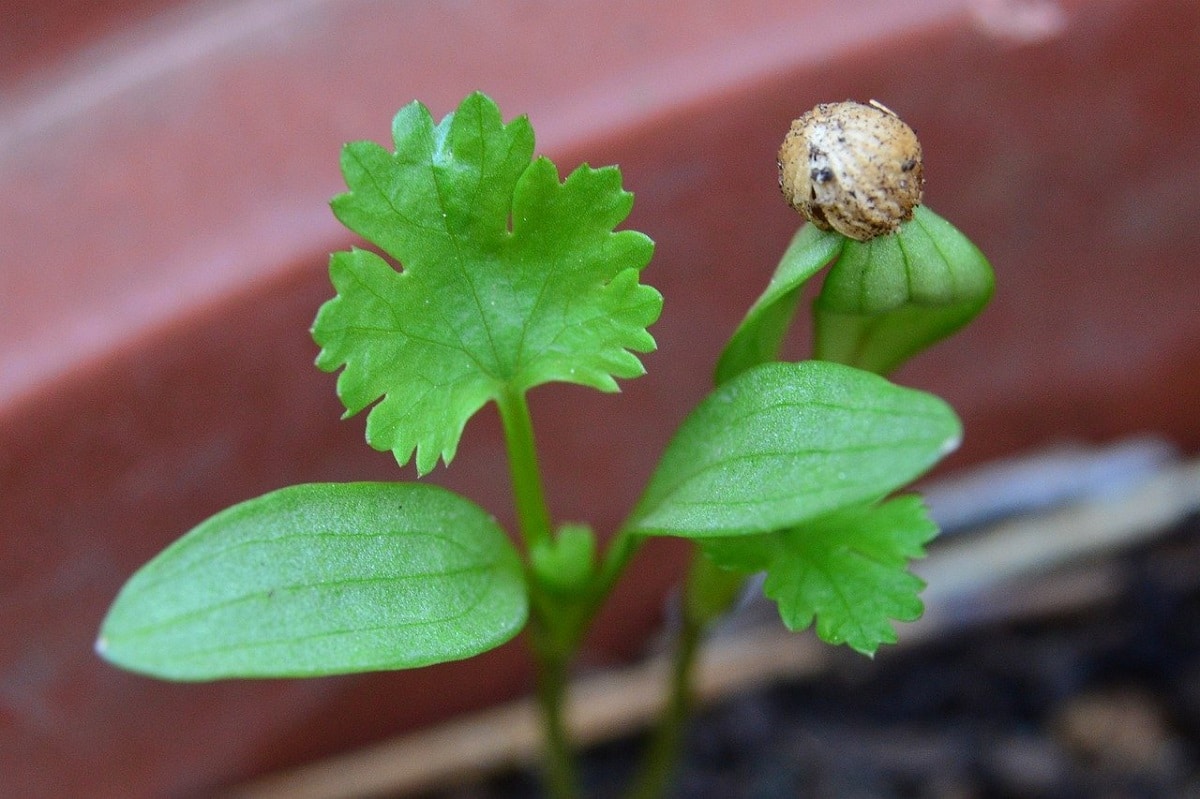
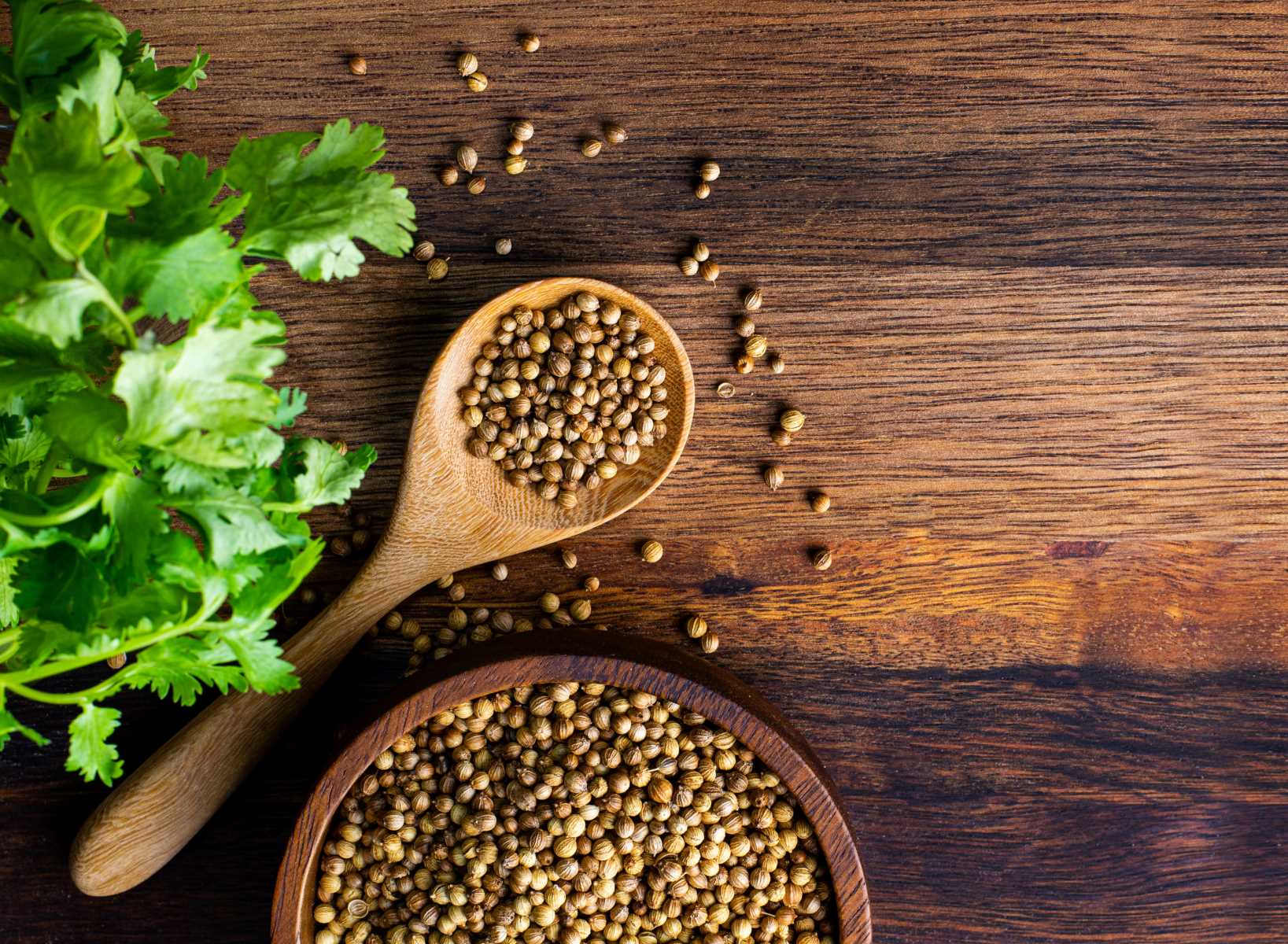

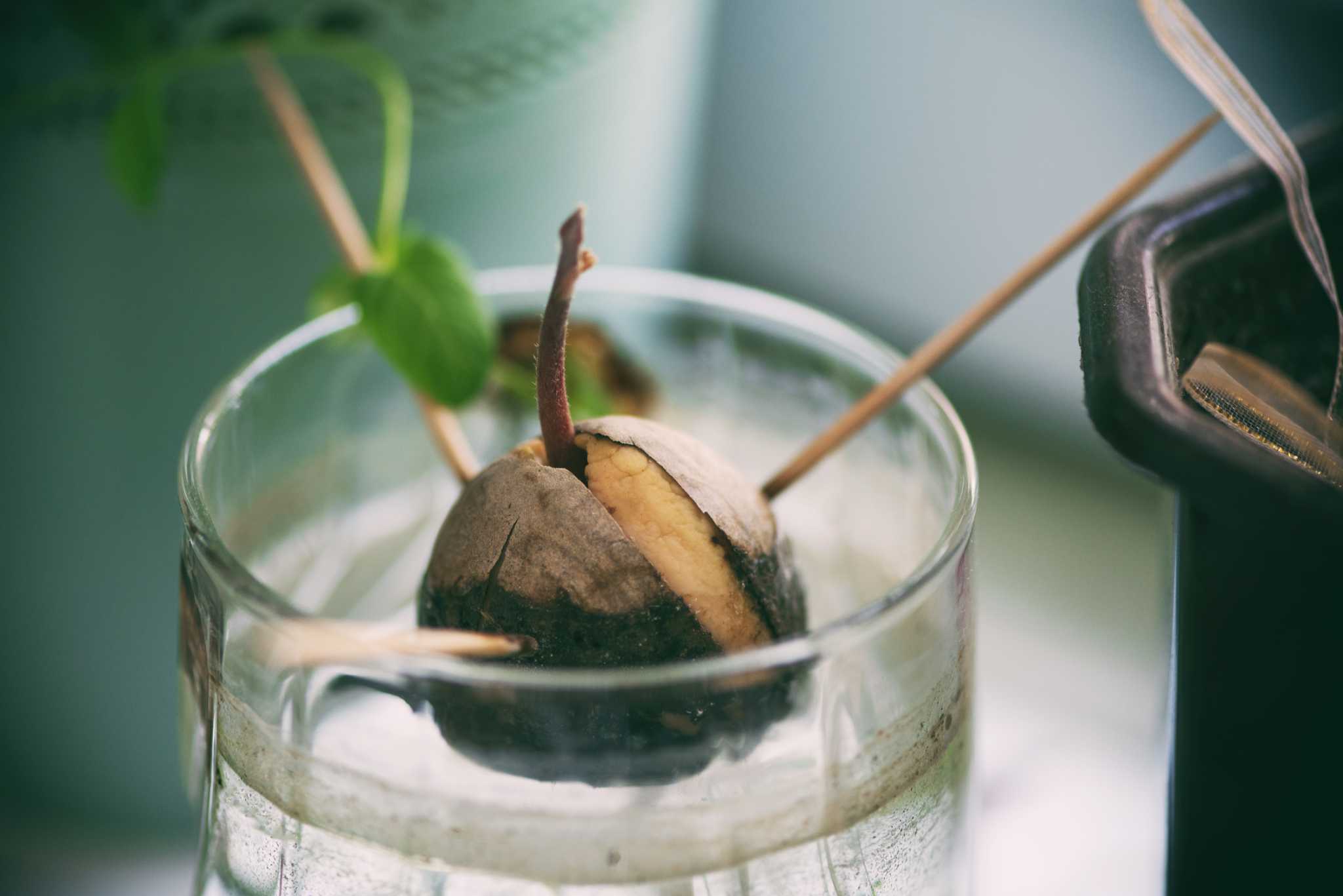
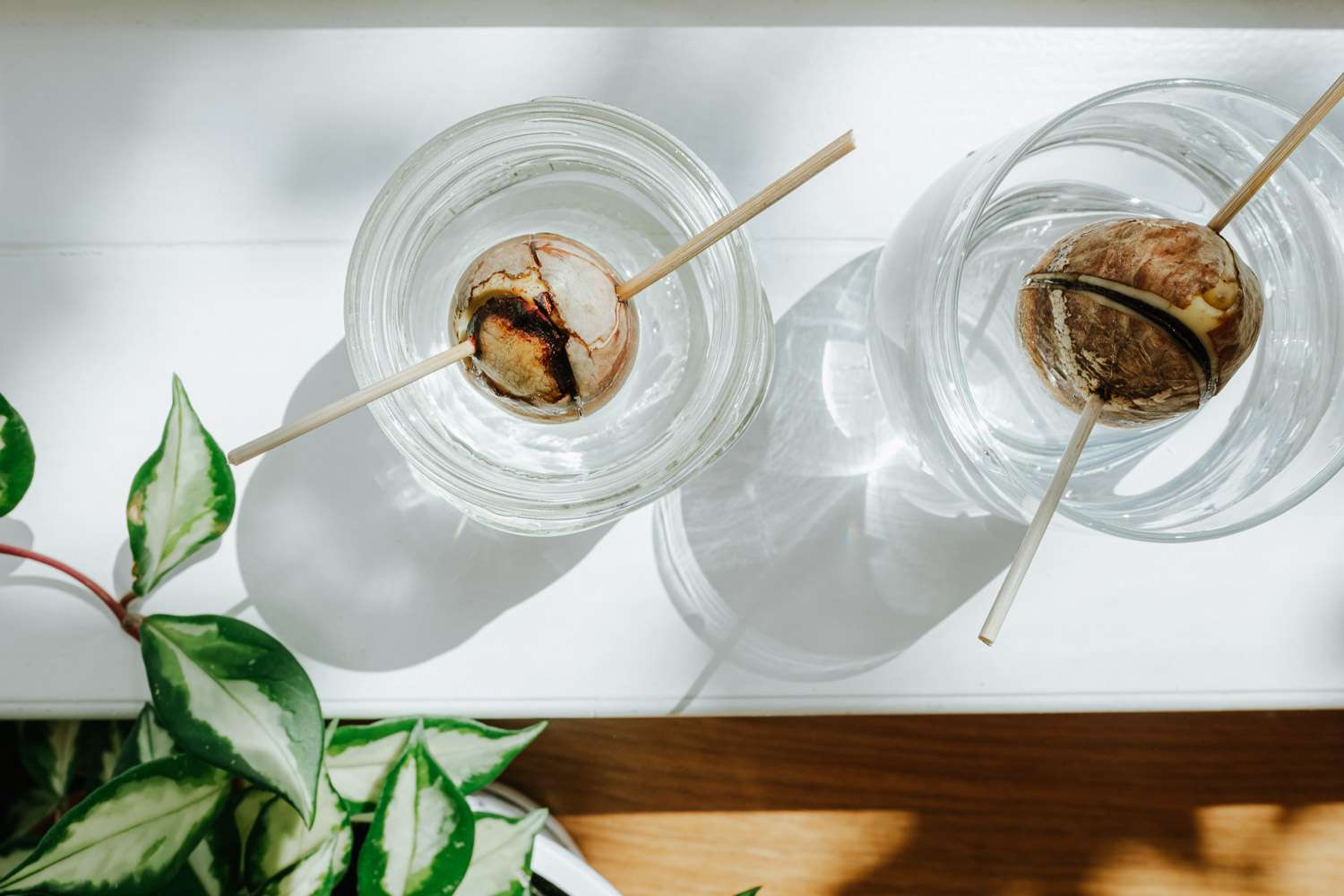
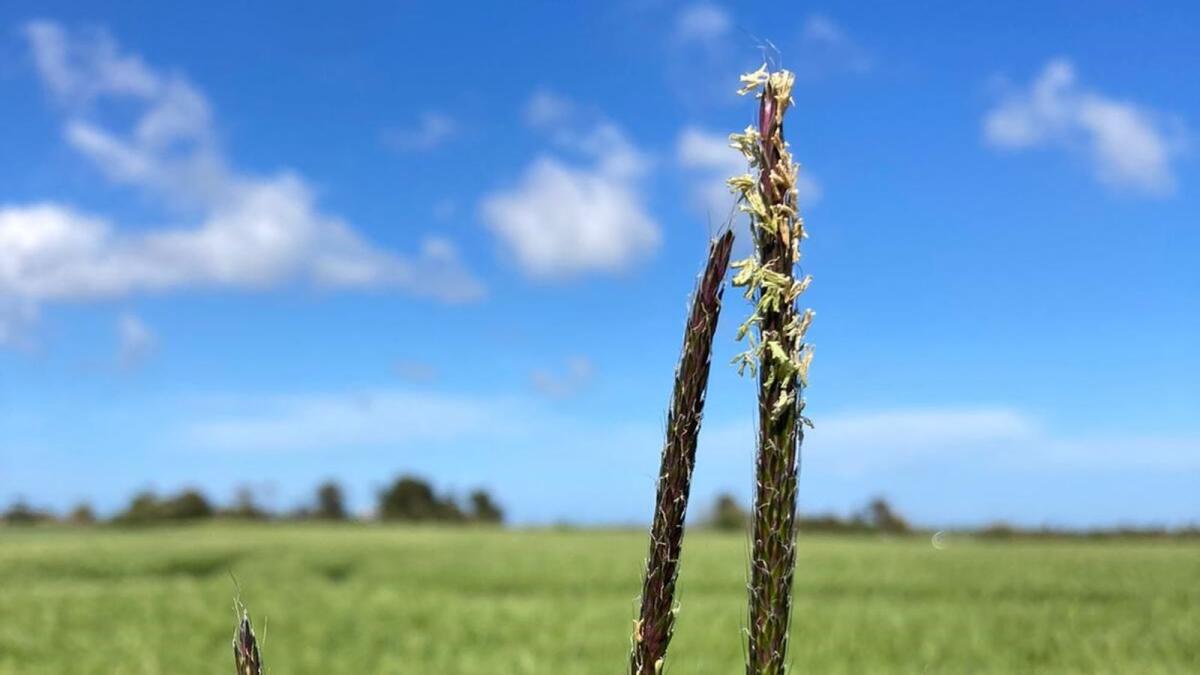
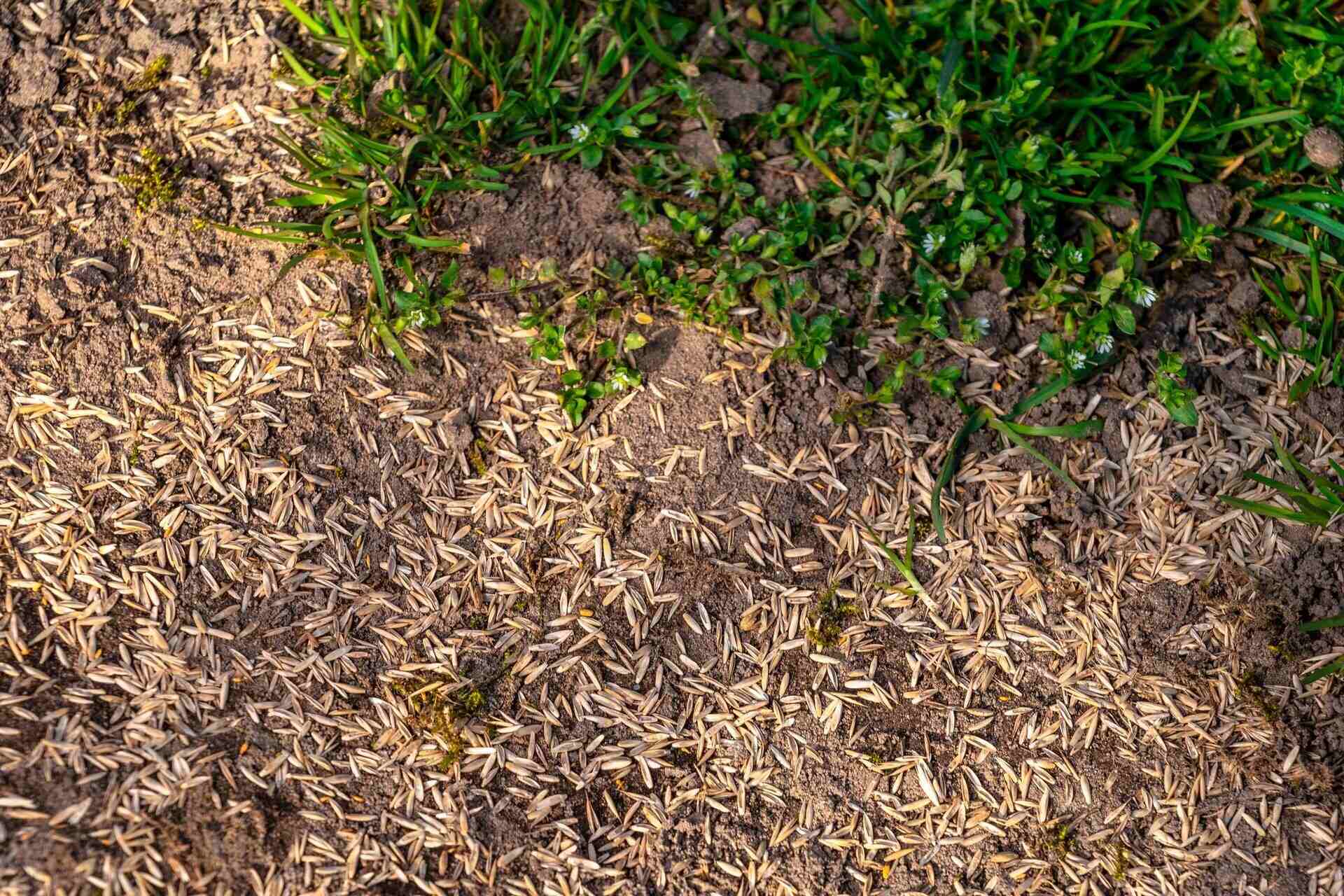
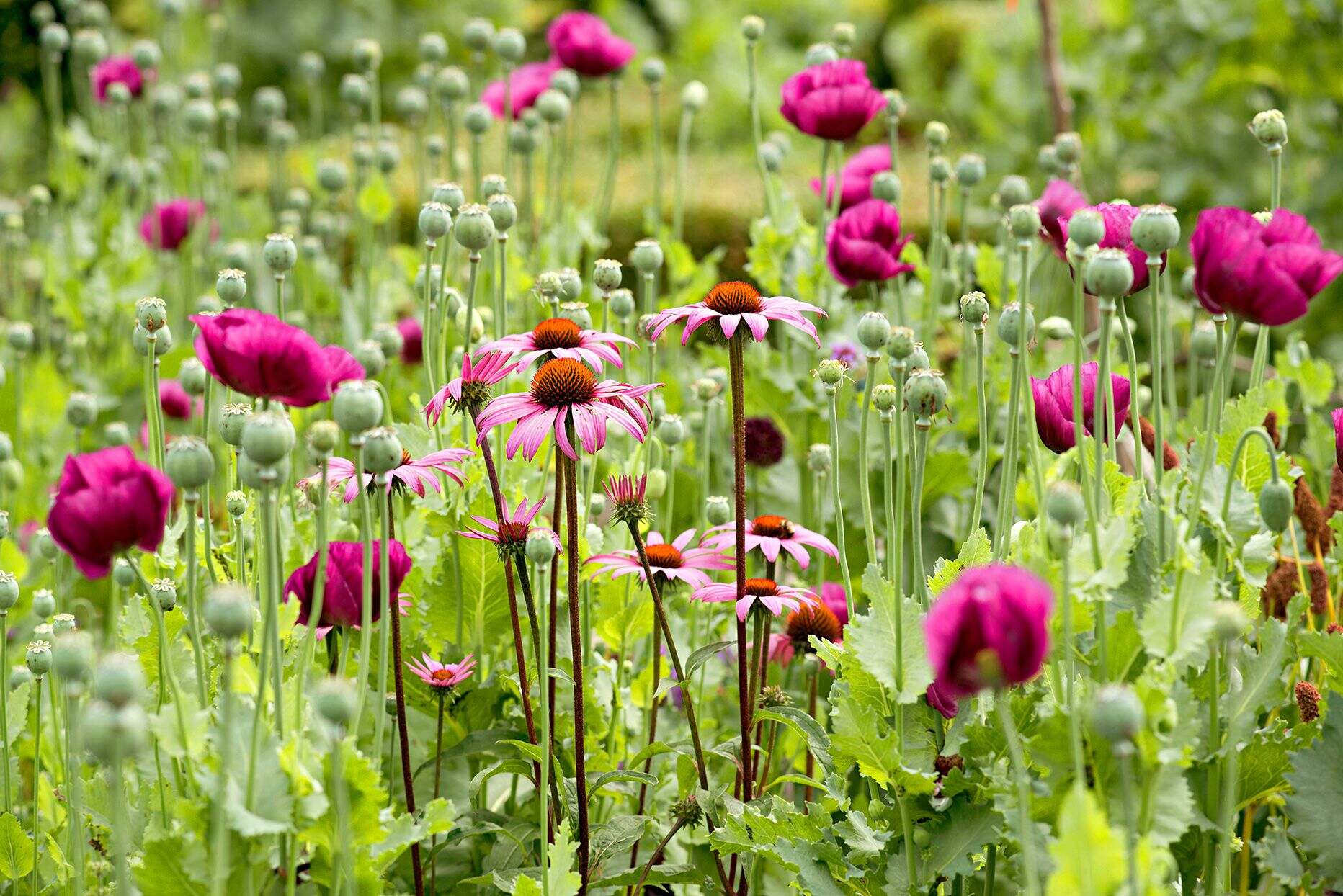
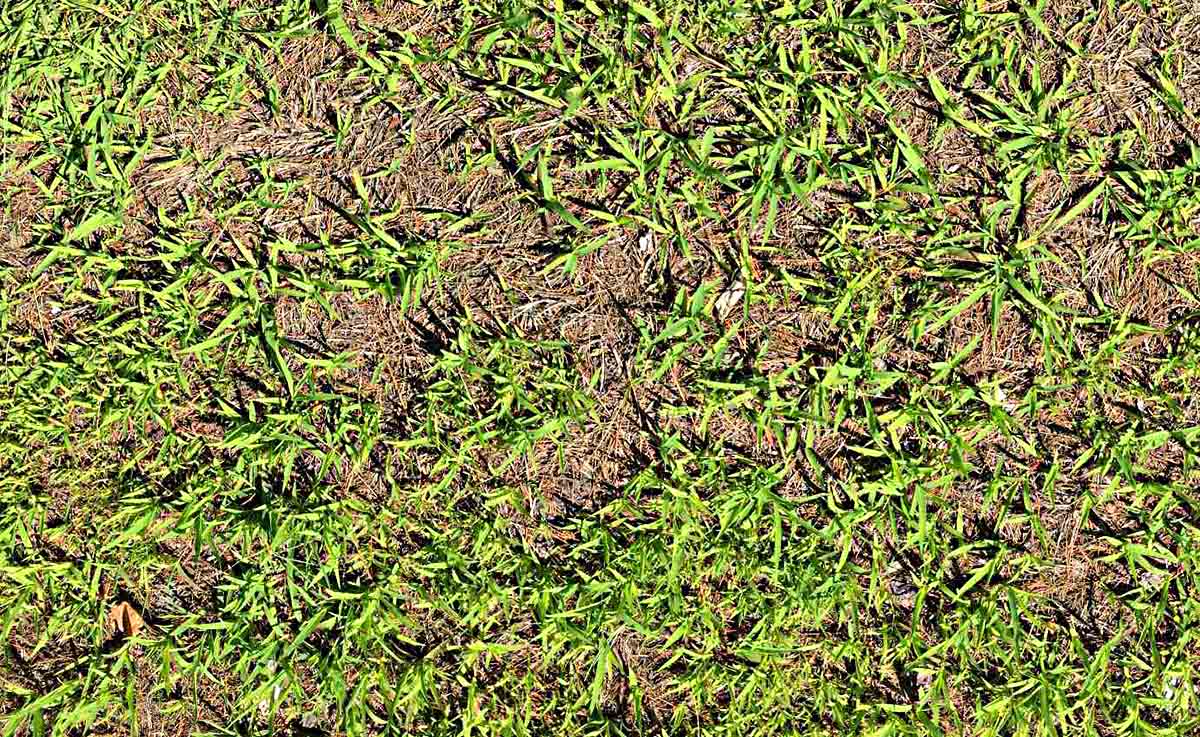
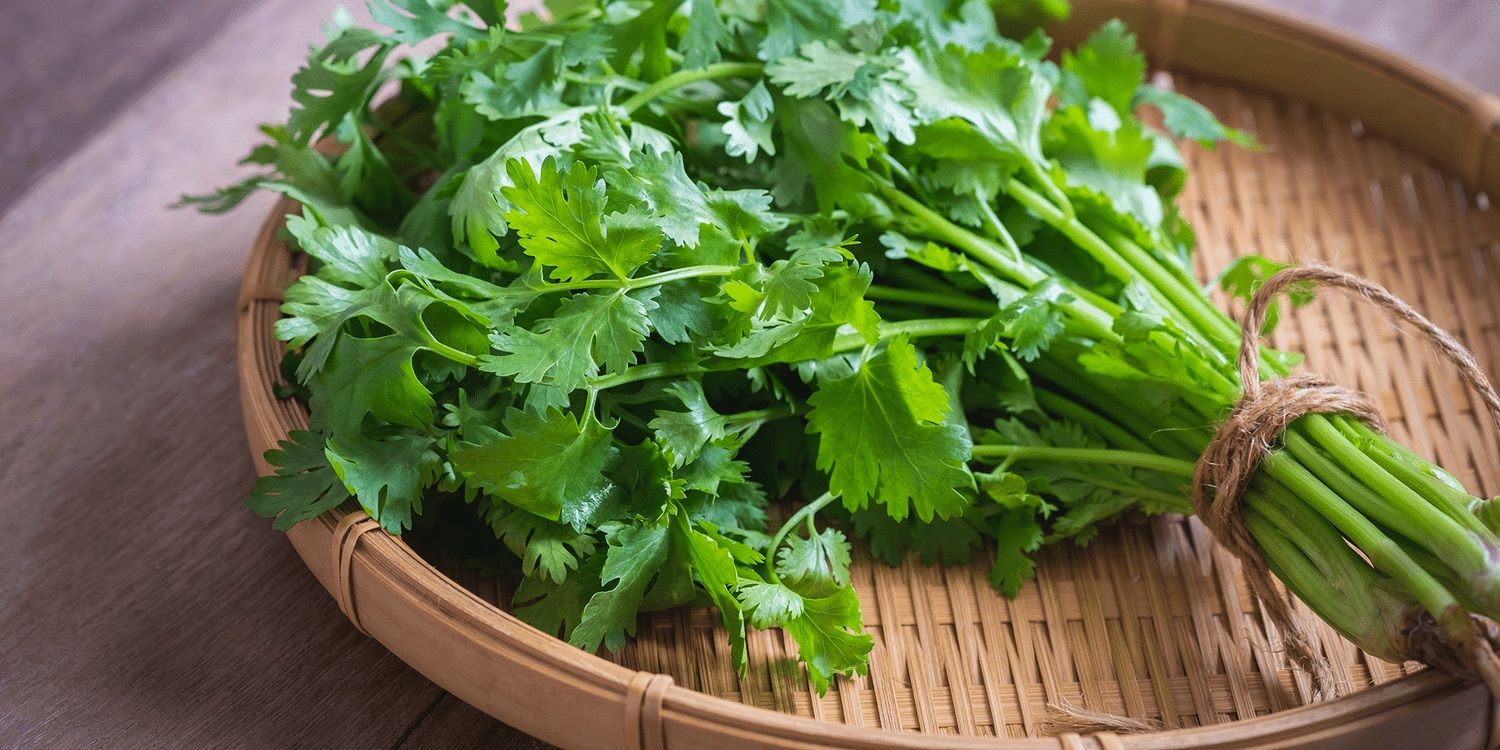

0 thoughts on “When Cilantro Goes To Seed”